Agricultural Drying Tarp: Efficient Post-Harvest | CIKALA
Agricultural Drying Tarp: Grain Post-Harvest Efficiency
The agricultural drying tarp provides a clean, waterproof surface, prevents grains from touching the ground, and reduces losses from moisture and impurities. Result: greater quality, uniformity, and better selling price.
View CIKALA solutions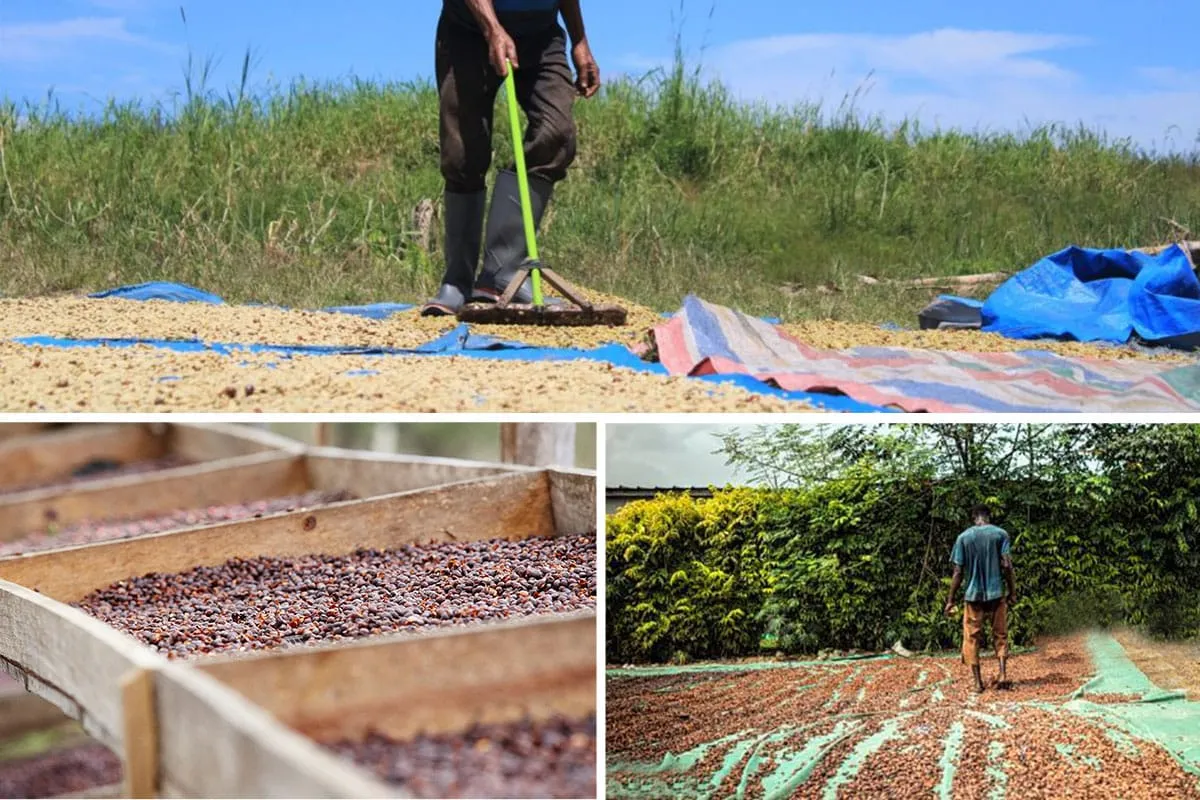
Why the tarp transforms post-harvest
By creating a safe barrier between grains and soil, the agricultural drying tarp reduces contamination, preserves the physical integrity of the lot, and speeds up daily handling.
- Quality and uniformity of lots.
- Agility in turning and collecting during rain.
- Reusable for several harvests with proper cleaning and storage.
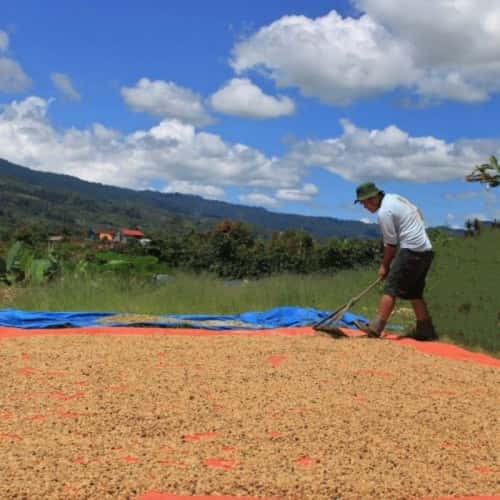
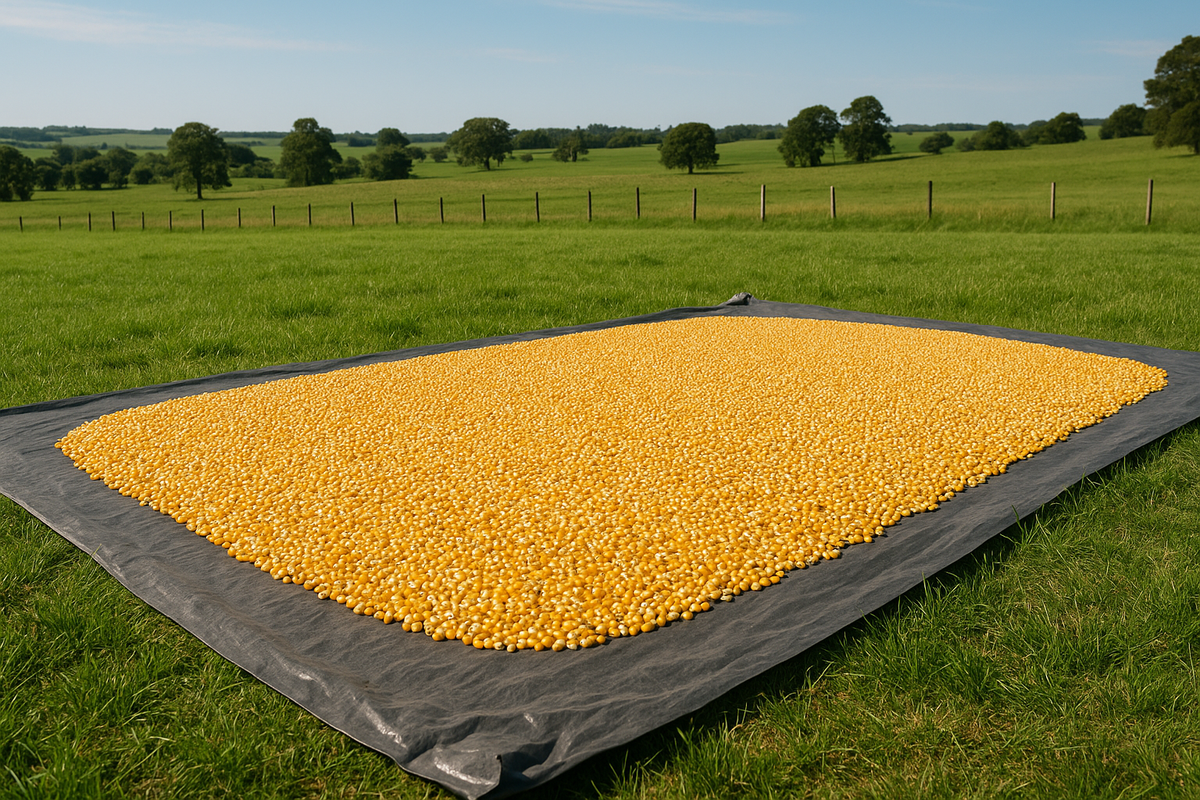
Ideal material, thickness and finish
Choose HDPE/LDPE polyethylene with UV and antioxidant additives. For open fields: from 150 microns; for higher friction and traffic, 200 microns.
- Black tarp: light blocking.
- Double-sided (black/white): thermal control.
- Reinforced edges and easy cleaning speed up the routine.
Application by crop: corn, soybeans, rice, beans and coffee
- Corn: turn periodically; watch layer thickness.
- Soybeans: avoid sudden moisture drops to prevent cracking.
- Rice: in husk, requires ventilation and longer drying time.
- Beans: handle carefully to avoid breakage.
- Coffee: use a patio with quick collection during rain.
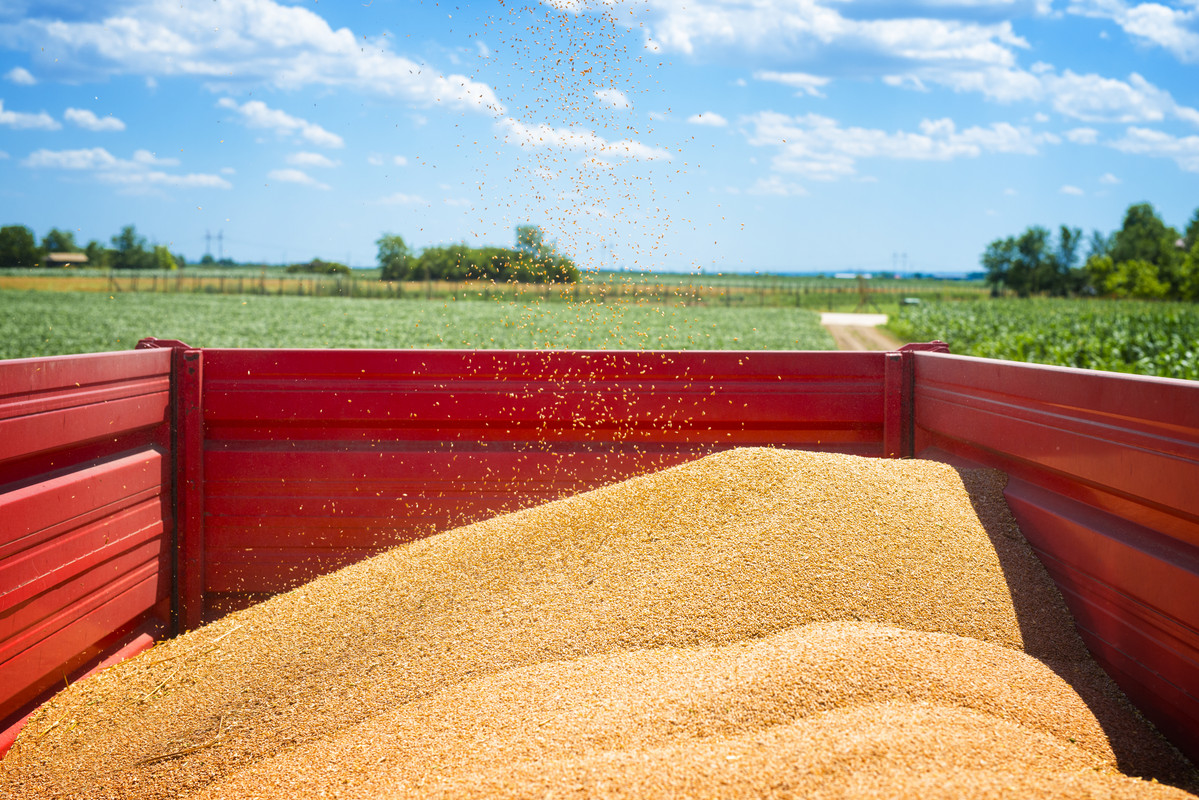
Quick step-by-step guide
- Level and clean the floor, removing edges or stones.
- Lay out the agricultural drying tarp and secure the edges.
- Spread the grain layer according to weather conditions.
- Turn periodically and monitor moisture.
- Collect quickly in case of rain.
- After harvest, clean, dry, and store the tarp.

Quick poll: which crop do you dry most often?
Select an option and talk to CIKALA
We’ll open WhatsApp with a pre-filled message for you.
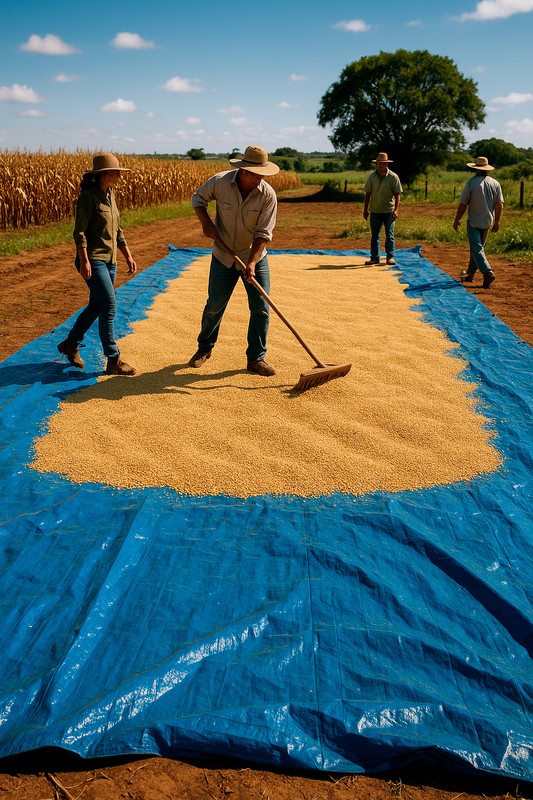
Frequently Asked Questions – Overcoming doubts
What is the function of the agricultural drying tarp?
Protect grains from the ground, reduce moisture/impurities, and maintain lot quality.
Which types are ideal?
HDPE/LDPE polyethylene, with black, double-sided, and UV-protected options.
Is it suitable for corn, soybeans, rice, beans, and coffee?
Yes. Use 150–200 microns thickness and adjust handling by crop.
What thickness should I use?
150 microns for open fields; 200 microns for higher friction and traffic.
Does it resist sun and rain?
With UV and antioxidant additives, the tarp maintains performance for several harvests.
How do I determine the right size?
Calculate based on average harvested volume; CIKALA customizes to your needs.
Ready to reduce losses and standardize your post-harvest?
Choose your agricultural drying tarp with CIKALA.
Request a quote